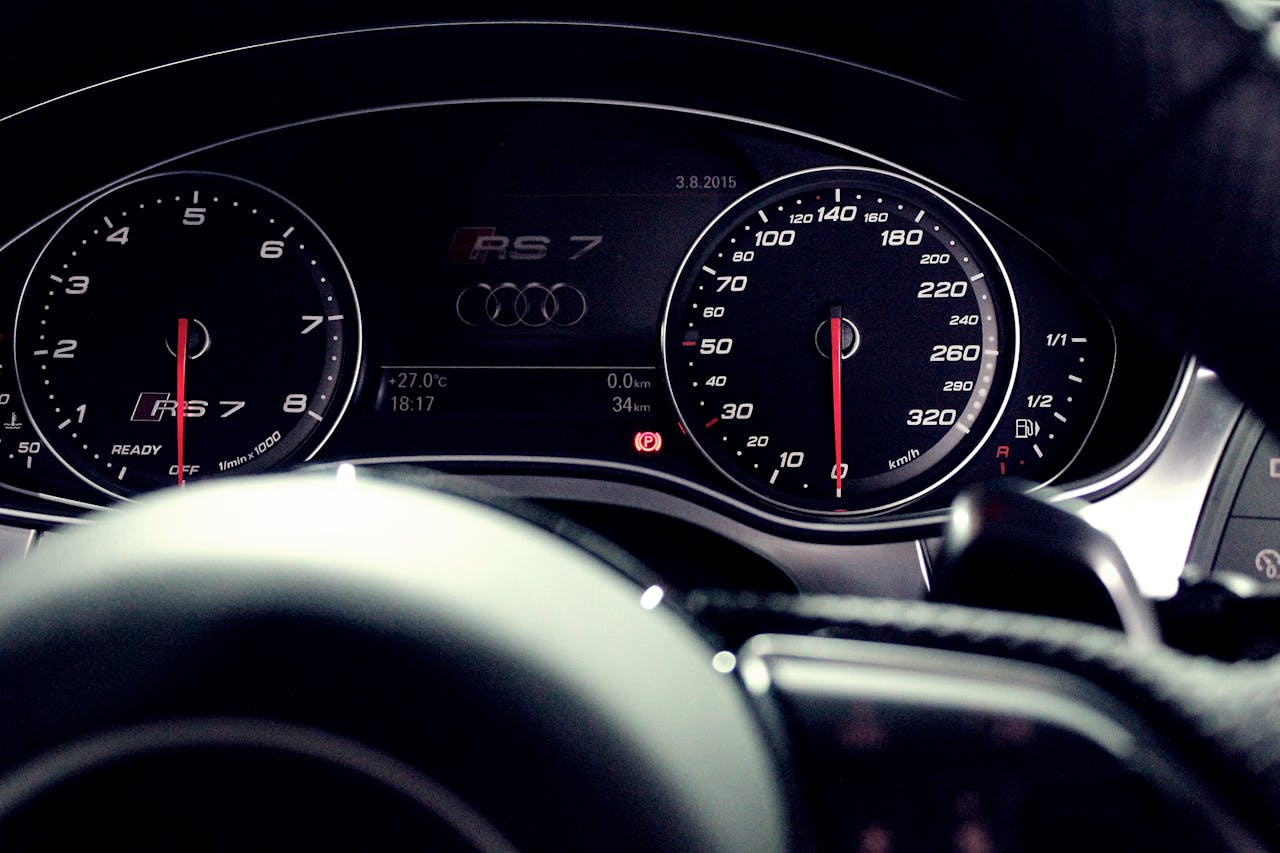As technologies are advancing at a rapid pace, it is natural to assume roads will become safer and smarter throughout the years, helping to minimise accidents, injuries, and fatalities. Learn how innovation is changing the approach to automotive safety.

Ultrasonic Bumper Sensors
Many modern vehicles feature ultrasonic parking sensors and cameras to detect objects, working in harmony with a collision avoidance system. For example, the Audi A1 front bumper and rear bumper have four sensors each to keep drivers, passengers, and road users safe. However, some vehicles can feature up to 20 sensors in the bumpers and body.The forward-thinking technology analyses nearby obstacles, alerts the driver with a beeping tone, and may perform an emergency brake if necessary. The faster the tone, the closer a driver is to a nearby object, encouraging them to brake or move away from it.
Advanced Driving Assistance Systems
According to Fleet News, technology is changing the way vehicle manufacturers keep people safe on the road. While airbags and crumple zones help keep drivers safe in the event of an accident, they do little to stop them from occurring. Thankfully, advanced driving assistance systems are helping drivers avoid accidents altogether, as the technology will automatically activate after a car identifies the driver has lost control.A prime example of ADAS technology is electronic stability control (ESC), which monitors a vehicle’s steering, speed, and yaw rate to prevent over- and under-speeding and skidding. Also, anti-lock braking systems (ABS) stop a car’s wheels from locking after a driver hits the brakes too hard to help them remain in control of the steering wheel. For this reason, you should consider a vehicle for the technology when buying a new make and model or renting a car on your travels.
Adaptive Cruise Control
Cruise control has become more intelligent throughout the years. While it traditionally helped drivers maintain a set speed on the road, adaptive cruise control (ACC) will alter the vehicle’s speed and automatically apply the brakes based on traffic, helping the car maintain a safe distance from other vehicles ahead. The intelligent technology can prevent driver fatigue, improves road safety and fuel efficiency, and creates a smoother flow of traffic.Despite its many benefits, a recent study by the Insurance Institute for Highway Safety (IIHS) found that drivers are more likely to speed when using ACC or partial automation, as many drivers often choose a speed over the limit on the “set and forget” feature.
According to Sam Monfort, the IIHS statistician, “ACC does have some safety benefits, but it is important to consider how drivers might cancel out these benefits by misusing the system.” Always consider a road’s speed limit when using ACC to avoid a serious or fatal crash.
Lane-Keeping Assist Systems
Most drivers have veered out of their lane at some point. It only takes a small distraction or tired eyes for a car to drift into the wrong lane, posing a risk to the driver, passengers, and other road users.Fortunately, lane-keeping assist systems alert drivers when they drift from their lane, as a camera monitors the vehicle’s position and sends a warning to help correct their mistake. As a result, it prevents accidents on the road caused by fatigue, distractions, or daydreaming.
In addition to investing in a car with lane-keeping assist technology, drivers can prevent the issue by focusing on the centre of the lane, looking far ahead on the road, and paying close attention to other vehicles.
New technologies aren’t only changing the way people drive each day, but they are enhancing road safety by preventing accidents and, in turn, protecting drivers, passengers, and road users. As a result, they are helping to keep a new safety standard that will help people drive with more confidence.


Comments